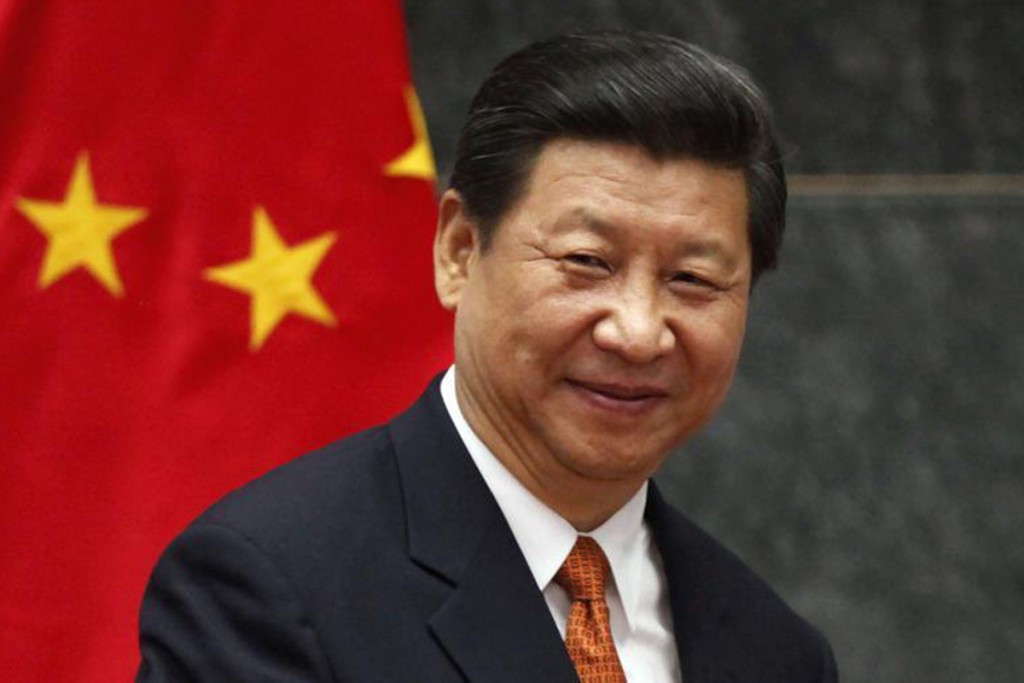The supply-side structural reform to improve all-factor productivity will help China gather future growth steam, according to the country’s finance minister.
Despite heavy downward economic pressure, the Chinese economy is still resilient with generally positive fundamentals and huge potential, Lou Jiwei, head of the Ministry of Finance wrote in the latest edition of the Qiushi Magazine, the flagship journal of the Communist Party of China Central Committee.
Labor force and capital inputs were used to power a country’s growth in the initial period, but post-industrial economic development will rely more on improvement of factors such as technology, management and labor force quality, Lou pointed out.
The Chinese economy is facing headwinds from rising labor costs, falling marginal efficency of capital, high leverage ratio and old-fashioned mechanisms that inhibit the effective allocation of resources, Lou noted.
To address these challenges, China is pushing ahead with supply-side reform featuring reducing overcapacity, destocking, deleveraging, reducing costs and shoring up weak growth areas to foster emerging growth engines, Lou wrote.
Measures will be taken to promote reforms in state-owned enterprises, the fiscal and financial mechanisms, social welfare system, labor force market, science and technology management, land system and urbanization as well as agricultral modernization, Lou pointed out.
